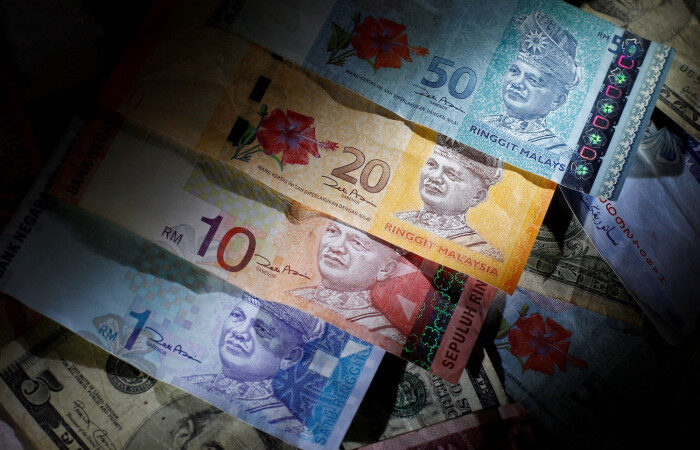
Central bank says ringgit decline does not reflect improving prospects for economy
PUBLISHED : 21 Feb 2024 at 15:09

The Malaysian ringgit continues to trade near its lowest level since the 1998 Asian financial crisis, prompting the central bank to say it does not reflect the improving outlook for the economy.
The currency edged up 0.1% on Wednesdsay morning, after slipping past 4.8 against the US dollar on Tuesday, its weakest level since reaching an all-time low of 4.885 in 1998.
Other emerging Asian currencies strengthened marginally, with the Thai baht holding steady around 35.84 to the dollar in offshore trade.
The ringgit has lost over 4% so far this year as China’s sluggish economy hurts exports from Malaysia, adding to the currency’s losses from the previous three years.
The central bank, taking stock of the slide, reassured markets by saying that the unit’s recent performance was largely due to external factors and did not reflect the health of the country’s economy.
“Some of these (external) factors include market adjustment to changing US interest rate expectations, geopolitical concerns and uncertainty surrounding China’s economic prospects,” Bank Negara Malaysia governor Abdul Rasheed Ghaffour said in a statement.
“The recent performance of the ringgit, similar to other regional currencies, has been influenced by external factors.”
A rebound in external demand and strong domestic spending will drive growth this year, Abdul Rasheed said.
Malaysia’s exports have shown “steady” improvement since the fourth quarter, and the International Monetary Fund predicts global trade will pick up this year, he said. The country’s exports in January grew by 8.7% year-on-year, ending 10 consecutive months of contraction.
The weakness in the ringgit has defied steadiness in oil prices — a Malaysian export — and prospects of a recovery in electronics exports. It shows investors appear to have little appetite for Malaysian assets, say analysts.
“Weakness cannot really be blamed on speculative flows since this has already largely been curbed since a policy ban on ringgit offshore trading since 2016,” said Rong Ren Goh, director of fixed-income investments at Eastspring Investments in Singapore. “Weakness is driven by real flows.”
Portfolio flows in Malaysia have been negative for much of the past decade, hitting 50.6 billion ringgit ($10.6 billion) in 2022 — the largest since 2008 — and 45.7 billion ringgit last year.

